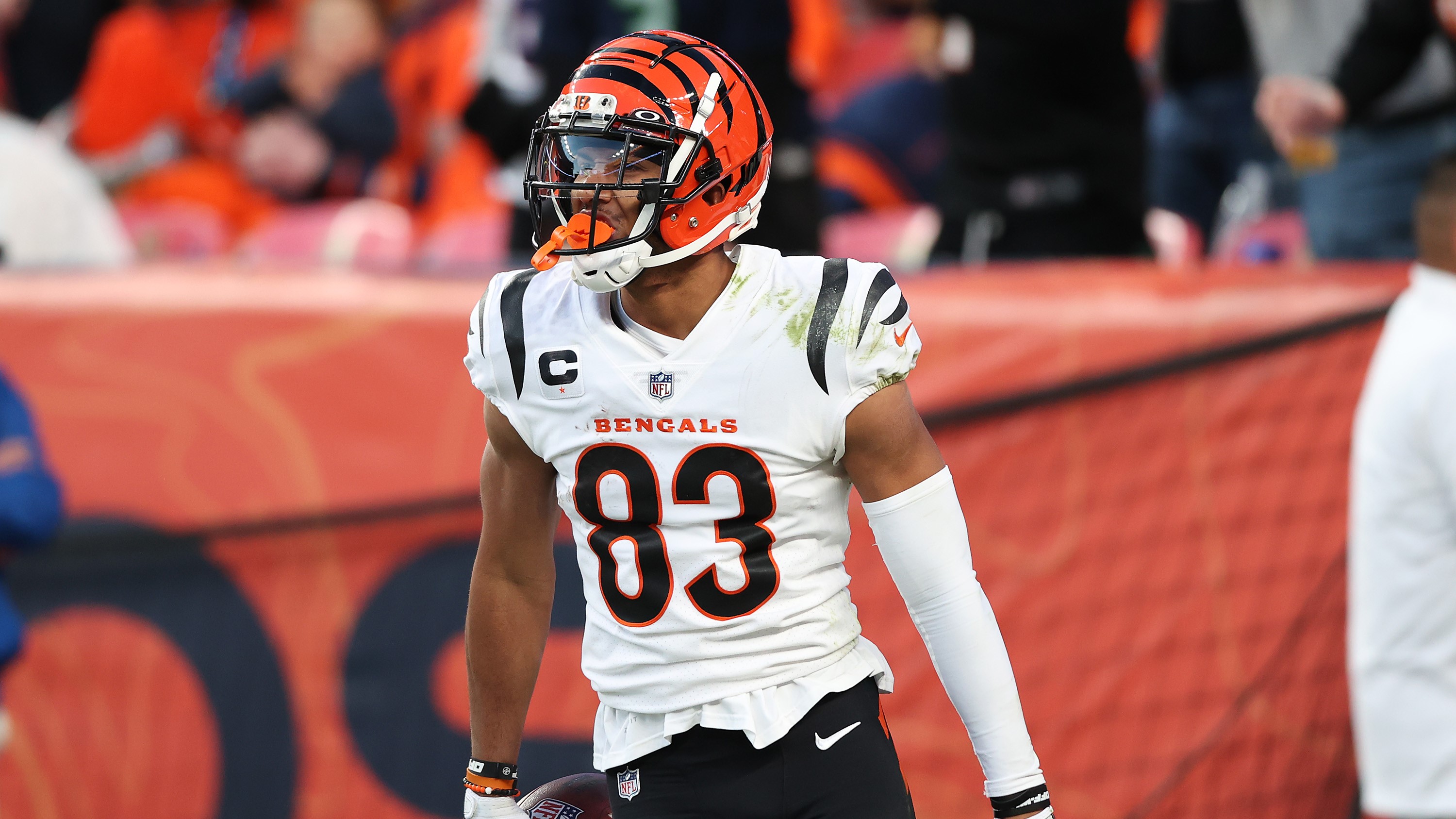< Back 

The Rams Need to Stop THIS Receiver to Win the Super BowlWhy Ja'Marr Chase and Joe Mixon aren't going to be the keys for a Bengals victory.
Ollie Connolly
8 Feb, 2022
